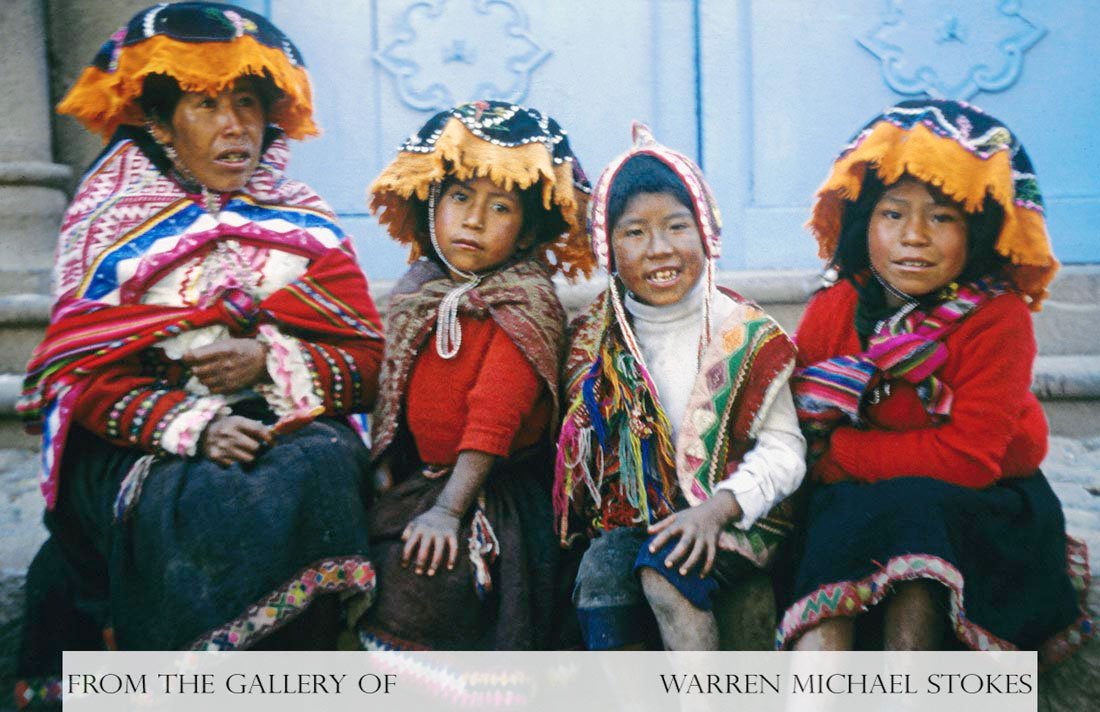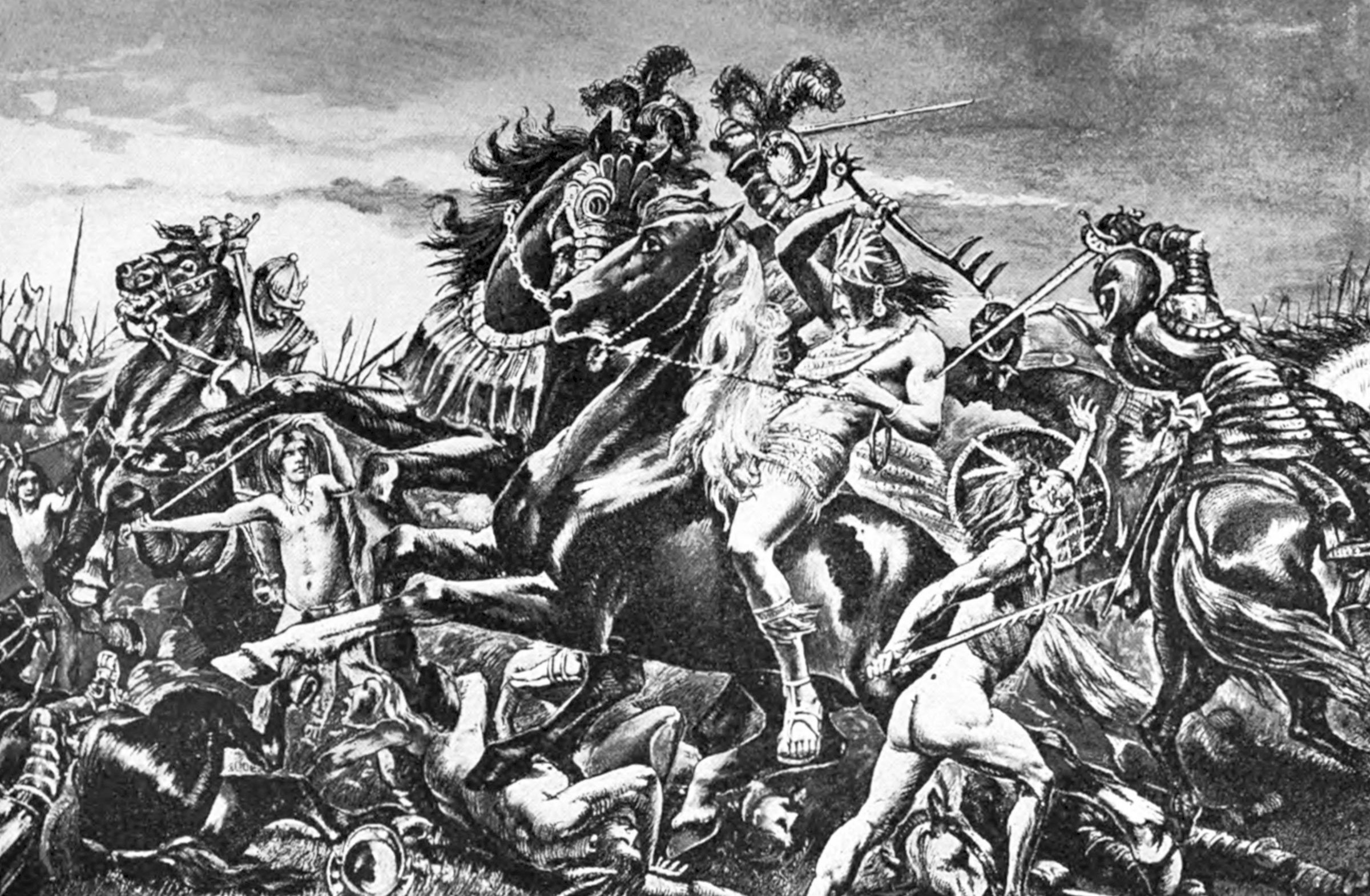
Inca Agriculture
Incan agriculture was plagued by having arable land with little water and a lot of water where there was little arable land. Surprisingly, there was very little sexual division of labor in the Inca Empire, and each household worked not only their lands, but communal lands as well. Throughout the empire significantly more farmland existed at the higher elevations than at the lower elevations.

Inca Architecture
Much of what the early Inca knew about architecture they acquired from the Tiahuanaco culture. These people thrived on the southern shores of Lake Titicaca in what is today known as the country of Bolivia. The Tiahuanaco were master architects, masons, and stone cutters. They were known to fit carved stones so close together that the mortar was almost invisible.

Inca Art History
Ceramic pottery did not make an appearance in Peru until 1800 BC, and it did not appear in the Lake Titicaca Basin until as late as 1200 BC. Most scholars believe that a civilization does not occur until ceramic pottery comes into use. They also believe that one of the main criteria for a civilization is that it have developed arts. In Peru, we find pre-ceramic civilizations that developed arts. These early people constructed the largest architectural monuments in the hemisphere. Here, near the Peruvian coastline, they constructed huge ceremonial centers.

Inca Government
The supreme rule of the Inca was called the Sapa Inca. He and his royal family in Cuzco were the top of Inca hierarchy. Under them were the people who lived in the Cuzco Basin. These people were Inca by honor, but not by ancestry. The heads of state and church were all members of the royal family. Military and government leaders could come from both classes of people.

Inca Human Sacrifice
The Pyramid of the Sun used over 130 million adobe bricks and it rises 100 feet above the desert floor. Recent excavations at this site have uncovered new magnificent facades and friezes that depict a line of prisoners tied together with a rope awaiting there execution.

Inca Lifestyles
Babies were kept tied to the board, which was called a quirau for most of the day. Approximately, one year after birth the baby received its first name. At this time, the friends and family held a celebration called rutuchicoy. During the celebration a grandfather or uncle cuts the first lock of hair and guests give the family or child gifts.

Inca Military
Hand-to-hand combat was the most common form of fighting. The Incas used battle axes and lances made of copper, bronze, and stone. However, these weapons were not sharp enough to penetrate Spanish armor. Also, they used an assortment of clubs. The largest, the porra, required two hands. It consisted of a long wooden handle with a ball of copper or stone that had five or six protruding points. The porra was not capable of penetrating a Spanish helmet. One of their most effective weapons used by the Inca was a sling or warak'a. It threw rocks with such force that they could break a Spanish sword in two. The Incas did use the bow and arrow, but they were not very accurate and they were also useless against Spanish armor.

Inca Origins
Sometime around 8,000 BC agriculture began to develop. Some of the first crops included potatoes, beans, corn, squash, peppers, guava, and quinoa. As the food production increased, so did the population. The greater population led to the formation of the first South American kingdoms. These kingdoms laid the foundation for the Inca Empire by fostering art, culture, architecture, religious beliefs, and political organization.

Inca Religion
The Incas believed that the god Viracocha created the earth, stars, and all living things. They believed that he created the moon and the sun by plucking them from an island in Lake Titicaca. Inti, the god of sun was another important god. Officially, the Inca ruler or Sapa Inca was the “Son of the Sun,” a direct descendant of the sun god, and when he died he returned to the sun. The largest Inca religious event each year was the multi-day Inti Raymi festival.
